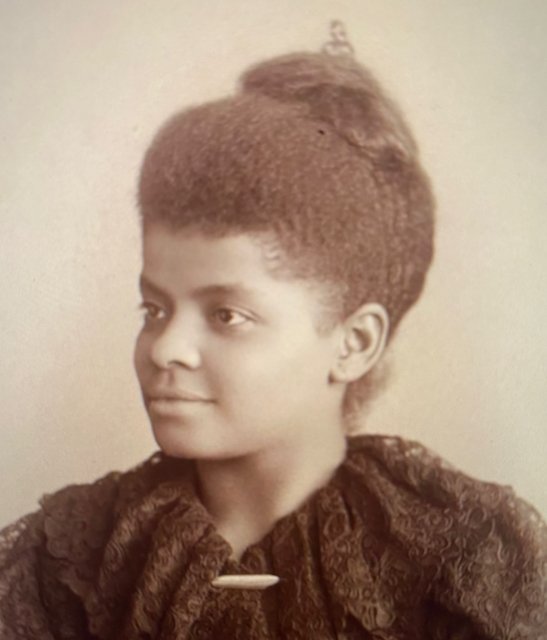The Many Waves of Afrocentric and Natural Hair ~ A Series
Ida B. Wells-Barnette ~ Journalist and Anti-Lynching Activist
If you’re a millennial or even a gen-Xer, it might be easy for you to believe that the natural hair movement began on YouTube with vloggers and bloggers in the early 2000’s. But is that really true? What many aren’t aware of, is that the original “back to natural hair movement” began with the Garveyites, as acolytes of Marcus Garvey’s early 20th-century back-to-Africa movement were known. What were their bold choices?
From the middle of the 19th century into the early 20th century, also known as the Victorian era, Black women were emerging from enslavement and the reconstruction era. For many, their hair was being seen in public for the first time after years of wearing head scarves. In addition, they now had more time for personal care and hair grooming. For example, a simple style was just a part down the middle of the head with two pigtails joined in the back. Other dressier hairstyling could be quite elegant, including differently-styled buns, large flat croissant-shaped rolls, and various takes on what became known as “French rolls.” These styles were a kind of sculpting of the hair. And yet, despite the emergence of these options, women still typically wore some type of head covering on top – perhaps a hat -- as a means of style and modesty.
Then in 1908, Madam C.J. Walker began her hair straightening business. But women who straightened their hair at that time were initially considered “fast” women, not women of God and the church. So, when the Garvey Black consciousness movement surfaced in 1914, thus stimulating interest in African cultural traditions, Garveyites and some of their peers who were active in society sported natural un-straightened hairstyles. This included journalist and activist Ida B. Wells-Barnett. It is also reported that Caribbean women, newly arriving in America, had held out the longest and also resisted straightening their hair for some time. Thus, these trends during the decades across the end of the 19th century, and the beginning of the 20th century, can be regarded as the first wave of natural Afrocentric hair.
With the rise of the civil rights, Black Power, and cultural nationalist movements, the second natural hair care movement emerged full force in the 1960’s and into the early ‘70’s. This era was characterized by the wearing of cornrows by both men and women and afros which became ubiquitous, from the close-cropped to the cloud-like halos. Enter the popular Grandassa Models in New York, along with the growing influence in Los Angeles of Dr. Ron Maulana Karenga’s work as an educator and Black consciousness thought leader. Karenga is best known for the invention of Kwanzaa, but there is so much more to his credit. For it was out of his Us Organization that women were taught how to create intricately braided hairstyles. In fact, Rosa Johnson, aka Malakia, from that organization, braided Stevie Wonder’s hair, with his signature beads, for over twelve years, including for his iconic Talking Book album cover in 1972. Another iconic braider from the US Organization is Nawili Griffin, who I see as part of the lineage from which I derived my skills as a professional braider.
It was a heady time, no pun intended. As a teen in the early 70’s, I found myself braiding the hair of young boys who liked to have their hair braided before playing basketball, so their afros wouldn’t shrink! What came next? Stay tuned to this space for the next installment in our series, which will explore the third and fourth waves of Black women’s natural hair journey. See Part 2 here and Part 3 here.
Grandassa Model Siloko Brathwaite - Photographer - Kwame Brathwaite
Stevie Wonder - cover of the album "Talking Book”




